An Inclusive Approach to Recognizing General Holidays
Author : Central Alberta Chapter Committee
Organizations have recognized the federal and provincial statutory holidays for years. Did you know that Canada's national holidays generally mark religious, quasi-religious or patriotic occasions? However, in an inclusive environment, there are cultures, religions, nationalities, groups and identities that may recognize different holidays than those general holidays defined by the government which organizations have established as the norm. Not everyone celebrates and observes holidays the same way. Depending on culture, traditions and norms, celebrations take different forms. Not all holidays are cultural or religious, some may be commemorative days rather than celebrations, and others may be based on traditions. Some people may enjoy celebrating with large groups while others may prefer to relax and recharge. Others may not find the holiday celebratory at all due to financial restrictions, mental health issues, barriers, lack of family or family acceptance or the holiday may be a reminder of inequity, trauma or pain.
This month, the CPHR Central Alberta Volunteer Chapter asked, how could organizations support, create, and implement an inclusive approach to recognizing holidays for their employees?
Through our search, we have discovered several approaches that organizations can take to create an inclusive approach to holidays.
The Traditional Approach
Currently, provinces and territories average 11 statutory holidays annually with at least two of those holidays focused on the religion of Christianity. There are many more holidays that employees may wish to recognize, but for organizations following the traditional approach, that means that employees would need to take a vacation day or utilize leaves, such a flexible or personal leave or even an unpaid day to recognize other holidays such as the end of Ramadan which is celebrated this month.
The non-Traditional Approach
This model provides the most flexibility, providing employees with a set number of paid days off that can be chosen by the employee. The non-Traditional Approach recognizes that employees values and needs vary. This approach empowers employees to choose the days that are most significant to them. Tracking and communication is key with this approach to ensure a balance between business operations and employee flexibility.
Inclusivity, one of Canada’s leading providers for equity, diversity, and inclusion services, gives a great example of a Canadian company that is in the process of updating their holiday policy and processes, and is considering offering 10 paid days off to each employee on a day of their choice. In addition, they are considering offering 2 “flex” paid days in April or May on a day of choice that employees can move as needed, providing the ultimate inclusive holiday offering.
The Hybrid Approach
This model is a mixture of having traditional statutory holidays that are provided to all employees plus floating days. This can look very different based on the organization, such as:
- Mandating more inclusive holidays, such as Family Day, and allowing employees to swap out Christian-based holidays, such as Christmas and Good Friday, for other observed holidays.
- Designating certain DEI-related holidays, such as the National Day for Truth and Reconciliation.
- Maintaining Christmas Day, Boxing Day and New Years Day as fixed holidays because operationally other businesses are typically closed on these days and work may be restricted during these times, but then offer other floating days for employees to celebrate holidays that are meaningful to them.
Even with a more traditional approach, organizations can still recognize the needs of their diverse employees by choosing to offer additional flexible days to employees. The flexible day, sometimes referred to as a Floating Holiday Day, recognizes that employees, based on their background, may observe different significant dates and working day(s) with pay can be requested directly to the Supervisor and approved in advance.
With all approaches, there can be some operational challenges, such as striking a balance between recognizing employees’ diverse needs and maintaining business operations. Communication on how and why certain holidays are recognized is vital. Educating, raising awareness, and providing resources are also recommended.
Inclusive Communication:
Inclusive communication is about focusing on recognizing, understanding and responding to various backgrounds and identities. It goes beyond communication, it’s about listening and being empathetic and having an open mind to other people’s perspectives, feelings and experiences. It is encouraged to ask what holidays are important and try not to make any assumptions on what an employee would or would not like based on physical appearance or geographical locations.
Educating and Raising Awareness:
Leadership should actively promote education and awareness regarding diverse holidays. This can include posting a DEI calendar. Lattice provides a great sample holiday calendar for 2024: How to Incorporate DEI Holidays for a More Inclusive Workplace (lattice.com)
Providing Support and Resources:
Leadership should ensure that appropriate resources are available to assist managers. For more information on this topic, the Chapter found these resources to be quite helpful:
- Inclusive Holidays: Beyond a “One-Size-Fits-All” Approach - Inclusivity (inclusivityinsight.com)
- How-to-Appreciate-Diversity-During-the-Holidays.pdf (womensresourcecenter.net
- https://lattice.com/library/how-to-incorporate-holidays-that-celebrate-diversity-and-inclusion-into-your-companys-calendar
- (11) Best practices for celebrating cultural holidays through an inclusive lens | LinkedIn
- An Inclusive Approach to Holidays, Observances and Celebrations - Feminuity
The views and opinions expressed in this blog post belong solely to the original author(s) and do not necessarily represent the views and opinions of CPHR Alberta.
The views and opinions expressed in this blog post belong solely to the original author(s) and do not necessarily represent the views and opinions of CPHR Alberta.

As we close out 2025, I’m feeling genuinely proud of what CPHR Alberta has accomplished this year, and grateful for the members, volunteers, partners, and staff who made it possible. Together, we’ve continued to strengthen the value of the CPHR designation, expanded professional development opportunities, and deepened relationships with government, post-secondary institutions, and business leaders. This year also brought some milestones worth celebrating. We’re ending 2025 in a financially stable position, and our membership grew by 7% , which is a nice reminder that the HR community is thriving, and that we are still the kind of people others willingly choose to join. One of the most important pieces of work this year was launching our 2026–2028 Strategic Plan. This roadmap was shaped by member input, market research, and alignment with CPHR Canada’s national priorities. It’s the product of a truly collaborative process led by our Board and operations team, forward-looking, grounded in data, and practical in how it positions us for what’s next. At its core, the plan strengthens the HR profession and supports the people who drive it, reinforcing our commitment to a resilient and inclusive HR community. I encourage you to read it and see where we’re headed. View the Strategic Plan here. Our pursuit of self-regulation remains a priority, and our advocacy efforts this year continued to deepen relationships with government and position HR as a trusted profession. We’re making progress, ensuring HR’s voice is present in key policy conversations and recognized where it matters most. If nothing else, we are getting very good at showing up, staying thoughtful, and keeping the conversation moving forward. To build on this momentum, we’re currently recruiting two Chartered Members and up to one Public Members to join our Board. We’re looking for candidates with prior governance experience and strengths in areas such as strategic business leadership, financial management, legal expertise, or IDEA. It’s also important to us to have meaningful geographic representation from outside Calgary and Edmonton, because Alberta is bigger than two postal codes, and our Board should reflect that. You can learn more about the process and requirements through our blog , and I’d encourage you to apply or share the opportunity with someone who’d be a great fit. Applications close January 9, 2026. Chartered and Retired Members: Apply through your member portal Public Members: Contact Heather McMaster at hmcmaster@cphrab.ca for application details As the holiday season approaches, I hope you find time to rest, recharge, and take a moment to acknowledge what you’ve contributed this year, professionally and personally. Thank you for everything you do to advance the HR profession. I’m confident that, together, we’ll continue building something even stronger in 2026. And if your out-of-office message is already drafted, I respect the efficiency. Geordie MacPherson, CEC, CPHR, SHRM-SCP Chair, Board of Directors, CPHR Alberta

As we close out 2025, I am proud to reflect on the incredible work our association has accomplished this year. With the support of CPHR Canada, we continue to strengthen a national network of over 33,000 HR practitioners and professionals, including more than 7,300 in Alberta. Our collaboration with provincial counterparts, post-secondary institutions, local chambers, and government partners remains central to promoting the value of hiring a designated professional and advancing consistent standards across Canada. This year, CPHR Alberta grew by 7%, with the majority of new members coming from students and emerging HR professionals—the future of our profession. Thank you to all our members for the work you do every day to elevate the profession. Operationally, 2025 was a year of engagement and impact. We hosted 76 events across Alberta, the Northwest Territories, and Nunavut, welcoming over 6,300 attendees to workshops, roundtables, webinars, and community sessions. Complimentary events played a key role in sustaining access to learning and connection for our members. Our Annual Conference was a highlight, bringing together a sold-out audience, a fully booked exhibitor space, and earning strong satisfaction ratings with 77% of attendees rating their experience positively. Thoughtful planning is already underway for our 2026 Conference on June 2 and 3 at the BMO Centre in Calgary, where expanded attendee capacity, increased exhibitor space, and enhanced programming will elevate the experience for HR professionals across our jurisdiction. Through our marketing campaign, we focused on raising awareness of the strategic value a CPHR brings to organizations. The results speak for themselves with 10% of new members joined after seeing our campaign, and website traffic increased by 17%, averaging over 55,000 views per month. In 2025, CPHR Alberta navigated Ministry changes, new mandate letters, and changes to professional governance. The Professional Governance Act (PGA) was introduced in the Spring of 2025 and received royal assent in May. This was a long-awaited and important step forward. CPHR Alberta operations and the Board are at work reviewing the legislation and anticipating the incoming regulations. We have continued our focus in broader advocacy and engagement to promote the profession as a leading voice, valued partner and knowledge expert. Throughout the year, we deepened our existing relationships, built new ones, and partnered on impactful projects at various levels of government and with community partners. We look forward to continuing to highlight the significance and impact of the profession within our organizations and communities throughout 2026. Looking ahead, we are excited to implement our 2026–2028 Strategic Plan , continue rolling out our new member recognition program, and shine a spotlight on our incredible HR community at our Member Recognition Gala in April. We will also advance our work toward self-regulation, ensuring the HR profession is recognized and trusted for its impact on organizations and communities. I want to thank our incredible team at CPHR Alberta and the many volunteers who make our work possible. Your dedication ensures we deliver value to our members and advance the HR profession every day. Thank you also to our Board of Directors for their guidance and leadership throughout the year. As the holiday season approaches, I wish you joy, rest, and time to celebrate your accomplishments. Together, we are shaping the future of HR—and I look forward to all we will achieve in 2026. Ioana Giurca, CEO, CPHR Alberta

As the governing voice of CPHR Alberta, the Board of Directors meets quarterly to provide oversight and guidance in several key areas. The Board, alongside CPHR Alberta operations, continues to deliver on the association's strategic priorities developed in the 2020 strategic plan. To ensure transparency between our Board of Directors, members and key stakeholders, we are sharing post-meeting messages to inform the steps taken towards advancing our profession and ensuring a financially stable association. The Board of Directors met on November 27, 2025, and is proud to share the strong momentum we are experiencing across our community. The Board’s key messages are as follows: Membership Growth As of September 30, 2025, we reached 7,213 active members, a 7% year-over-year increase, with the majority coming from student and emerging HR professionals. This growth affirms the momentum of our HR profession and the impact of our student engagement initiatives. Professional Development Member participation remains strong with 53 events held year-to-date, with 5,013 attendees across workshops, roundtables, webinars, and community sessions. Our complimentary events have played a key role in sustaining engagement and access to learning. Annual Conference The Annual Conference was a heavy focus for the association in Q3. The sold-out event continues to bring together our community for valuable professional development and networking opportunities, creating a strong foundation for 2026. Attendees reported high satisfaction, with over 370 in attendance, and a sold-out exhibitor hall. “The CPHR conference was incredibly educational and inspiring. The speakers motivated me, and it was an experience I’ll never forget. I really enjoyed it, grew closer to my team, and I definitely want to attend again.” – 2025 Conference Attendee The 2026 event will be held at the BMO Centre, in Calgary on June 2 and 3 – with increased capacity, expanded exhibitor space, and enhanced programming will elevate the experience for all HR professionals across Alberta, NWT and Nunavut. Self-Regulation The Board continues to assess the implications of Alberta’s Professional Governance Act (PGA), including: Advocacy, legal, and governance impact assessments are being commissioned. Preliminary recommendations from management will be brought to the Board in March and June 2026, leading to a formal decision. Further information will be shared, when ready. Future Vision Approved: 2026-2028 Strategic Plan Our new 2026–2028 Strategic Plan will be rolled out in December to all members. The 3-year Strategic Plan, crafted from member feedback, market research, and collaboration with CPHR Canada – aims to strengthen our profession’s influence, amplifies leadership, and creates pathways for all members to thrive. Fiscal Responsibility Our Q3 financial review remains on track for a balanced year-end forecast. The 2026 draft budget has been approved – aligning resources with our strategic priorities while maintaining a disciplined and responsible financial approach. Board Governance Our board continues to focus on good governance practice, ensure stability, clarity, and accountability across our organization. FCPHR Nominations A reminder that the prestigious Fellowship Award is open for nominations! This national program recognizes Chartered Professionals in Human Resources (CPHRs) who have made exemplary contributions to the HR profession. Recipients are granted recognition as a Fellow of the Chartered Professionals in Human Resources (FCPHR). Click here to learn more about the Fellowship Award, including the guidelines and completing your nomination. You can also download a copy of the nomination form here. The next Board meeting takes place in March 2026, after which we will again share our key messages. If you have any questions regarding these key messages or the Board of Directors, please contact chair@cphrab.ca . We welcome your feedback!


